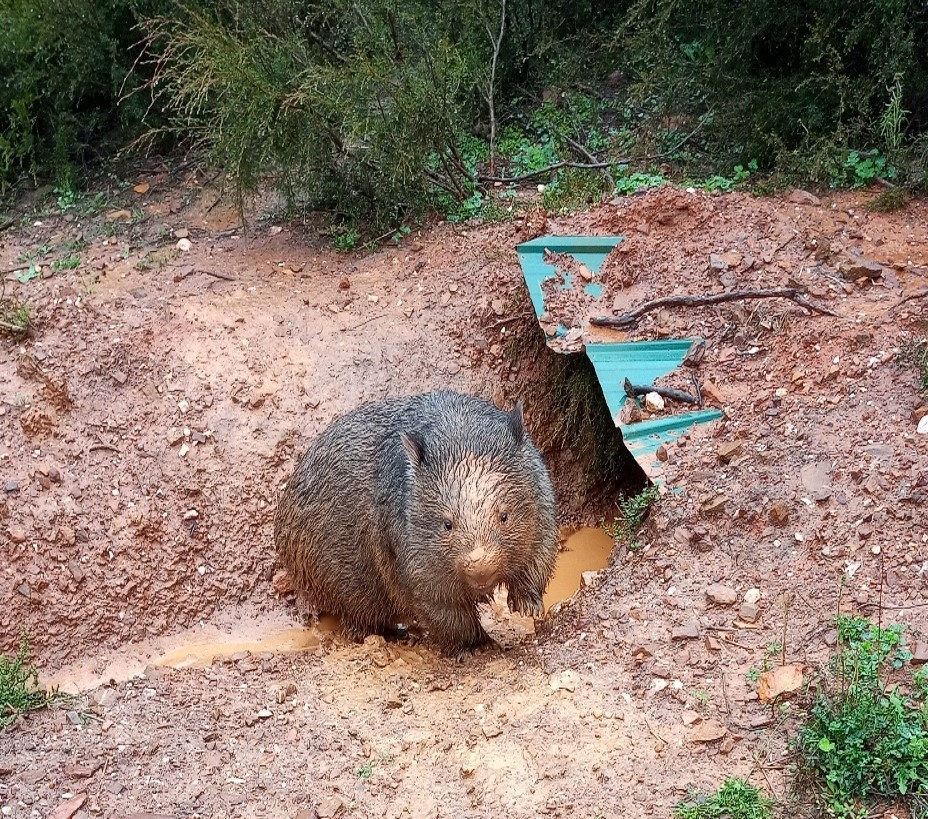Blog
These animals have some of the biggest eyes in the world
Read morerescuing animals during Australia’s flooding disaster

The March 2021 flooding disaster in eastern Australia had a devastating impact on animals – the extent of which we may not know for some time.
This extreme wet weather event is part of the La Nina weather pattern currently underway in Australia. La Nina is associated with increased rain and flash flooding and can have a devastating impact on our wildlife.
Thousands of farm animals were stranded, killed or swept away in flood waters during the floods. Kangaroos were spotted swimming in flood waters and wombats were seen displaced under cars and houses as their burrows were inundated with water.
The March 2021 floods
The floods hit southeast Queensland and parts of New South Wales (NSW) and Victoria – with some of these areas also impacted by the catastrophic Black Summer bushfires less than 18 months earlier. Australia’s native wildlife barely had the chance to recover.
The flooding in NSW was the worst some regions had seen in almost 100 years causing the government to declare a natural disaster across parts of the state.
Rescuing wildlife in need
IFAW’s long history in Australia meant we were ready to respond immediately. Our long-standing relationships with rescue groups and government allowed us to provide assistance and resources where they were needed.
We worked closely with our friends at Hunter Wildlife Rescue who rescued dozens of animals including kangaroos and wombats in the NSW Hunter region. Our relationship with Hunter Wildlife Rescue has spanned decades as we’ve worked together to respond to major disasters including bushfires, storms, oil spills and heat stress incidents since 1994.
Wombats were particularly impacted by the floods, as they live in burrows underground – putting them at direct risk of flood waters. Thanks to previous IFAW support and disaster preparedness efforts, many groups are now better equipped to rescue and care for these animals in need.
“My wombats are dry thanks to the IFAW grant I received last year to extend their roof and side walls of their enclosure” Shirley Lack from the Native Animal Rescue Group said.
Land animals weren’t the only ones impacted by the floods, with our friends at Australian Seabird Rescue receiving an influx of turtles and hatchlings. The floods meant hatchlings were being caught in big coastal swells and washing up exhausted on Sydney and south coast beaches.
We know our response doesn’t stop once the flooding ends. We’ll continue to work closely with our partners on the ground to rescue and rehabilitate our injured wildlife and assist ongoing recovery efforts.
How you can help
If you’re in NSW, download the IFAW Wildlife Rescue App which will connect you to the nearest animal rescue group if you find injured wildlife.
You can also volunteer at your local wildlife group and help support IFAW’s efforts responding to and rescuing animals during natural disasters.
Our work can’t get done without you. Please give what you can to help animals thrive.
Unfortunately, the browser you use is outdated and does not allow you to display the site correctly. Please install any of the modern browsers, for example:
Google Chrome Firefox Safari